The history of loudness in music production is inextricably tied to technological advancements and competitive market forces. From the early days of vinyl to the digital streaming era, the pursuit of louder recordings has shaped how we experience music. This phenomenon, often referred to as the "Loudness War," reached its peak in the late 1990s and early 2000s, leaving an indelible mark on audio engineering practices.
In the analog era, physical limitations prevented excessive loudness manipulation. Vinyl records had inherent constraints—too much low-end energy or excessive levels would make the needle skip. Tape saturation also imposed natural compression. Engineers worked within these boundaries, focusing on tonal balance rather than sheer volume. The introduction of the compact disc in the 1980s changed everything. Digital audio lacked the forgiving saturation of analog systems, and suddenly, loudness became a measurable, controllable parameter.
By the mid-1990s, radio broadcasters noticed that louder songs captured listener attention more effectively. Record labels quickly adapted, demanding increasingly hot masters to stand out in playlists. This created a feedback loop—each new hit seemed louder than the last, pushing engineers to employ aggressive compression and limiting. Albums like Oasis’s "What’s the Story (Morning Glory)?" and Metallica’s "Death Magnetic" became infamous examples of hyper-compressed masters where dynamic range was sacrificed for perceived impact.
The introduction of the Loudness Unit Full Scale (LUFS) measurement in the 2010s marked a turning point. Streaming platforms like Spotify and Apple Music began normalizing audio to specific LUFS targets (-14 LUFS for most services), effectively nullifying the advantage of overly loud masters. Suddenly, a track mastered at -6 LUFS would be turned down alongside a -16 LUFS jazz recording. This standardization forced producers to reconsider their approach, prioritizing clarity and dynamics over brute-force loudness.
Modern mastering engineers now face a paradoxical challenge: creating masters that satisfy both legacy formats (like vinyl, where dynamic range still matters) and streaming algorithms. Hybrid approaches have emerged—some producers deliver separate masters for different platforms, while others aim for a compromise around -10 LUFS to maintain translatability. The rise of immersive audio formats like Dolby Atmos adds another layer of complexity, as spatial mixes require entirely new loudness considerations.
Looking back, the Loudness War reflects broader cultural shifts in music consumption. What began as a technical arms race became an aesthetic choice—and eventually, a cautionary tale about unintended consequences in audio engineering. As we move toward more intelligent loudness management systems, one thing remains clear: great music deserves both power and nuance, not just decibels.
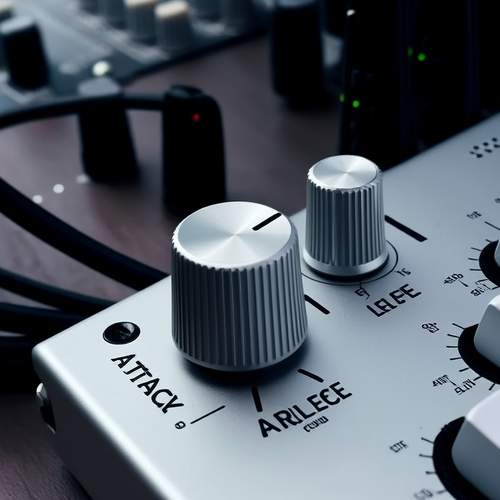
By /May 30, 2025
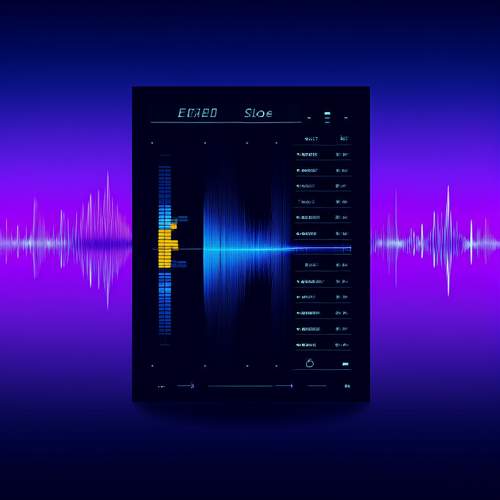
By /May 30, 2025
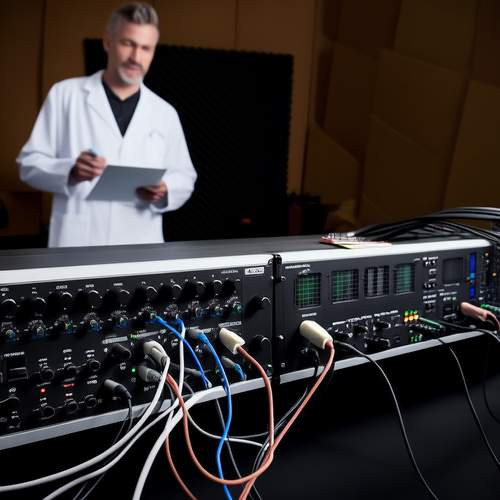
By /May 30, 2025
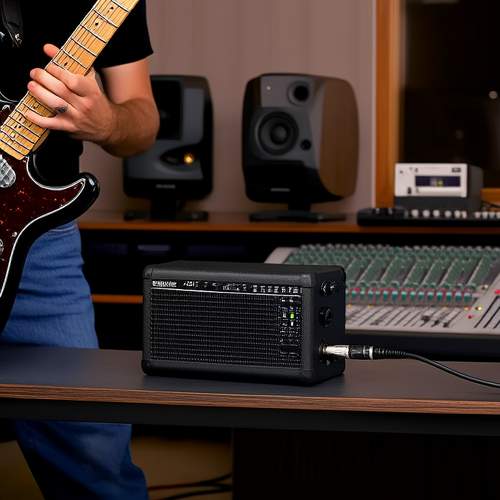
By /May 30, 2025

By /May 30, 2025

By /May 30, 2025
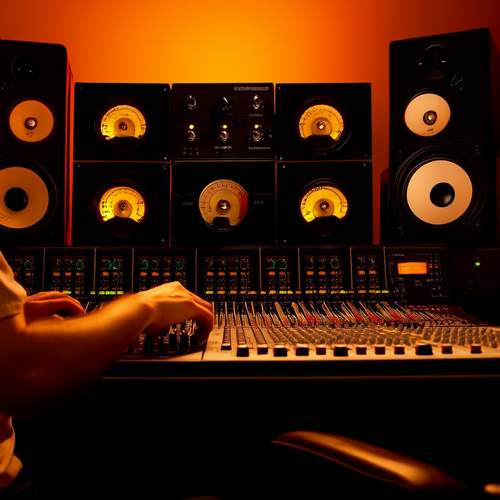
By /May 30, 2025
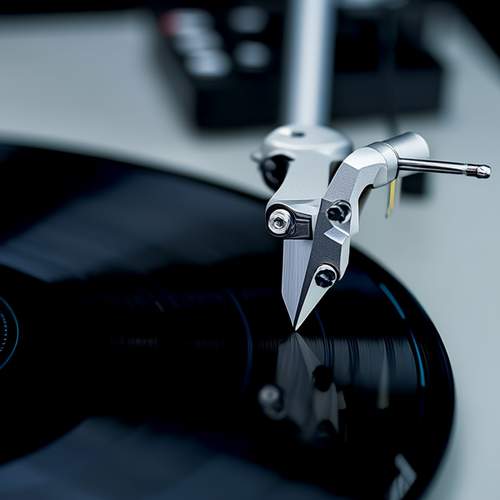
By /May 30, 2025

By /May 30, 2025
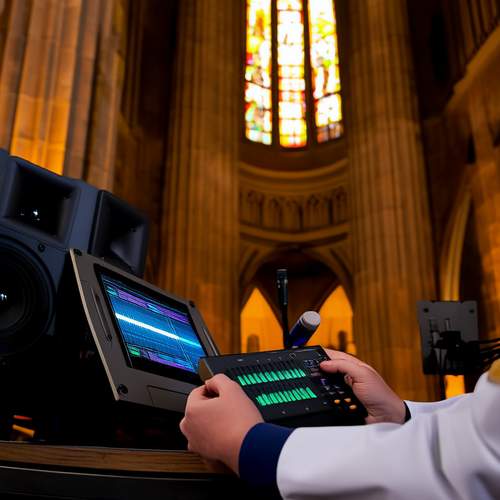
By /May 30, 2025
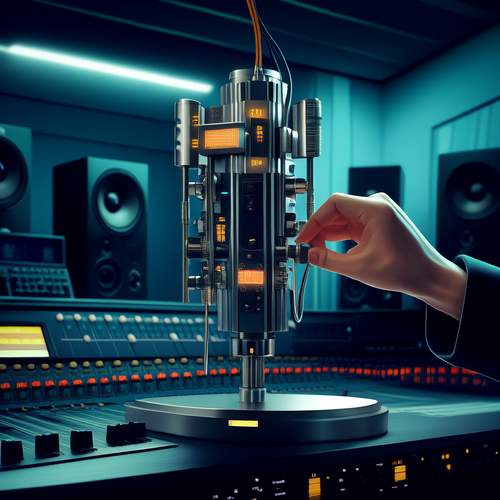
By /May 30, 2025

By /May 30, 2025
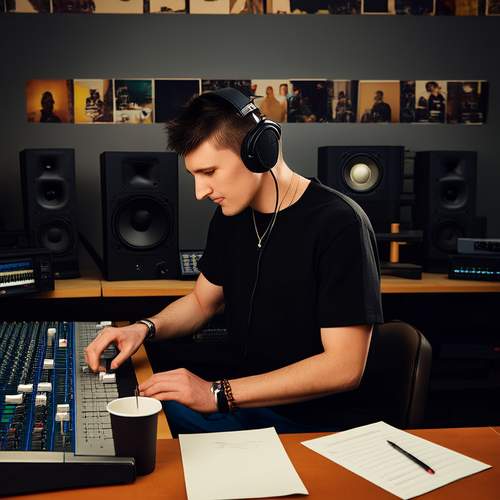
By /May 30, 2025
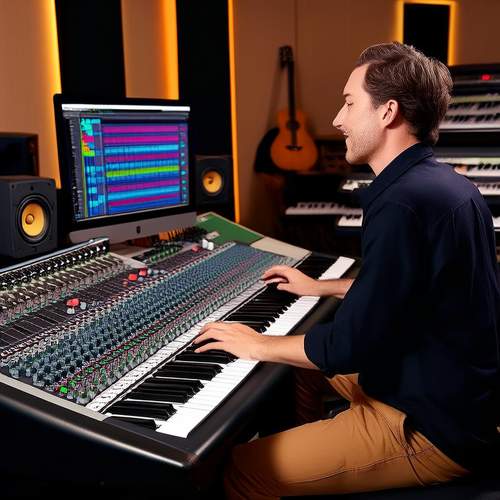
By /May 30, 2025
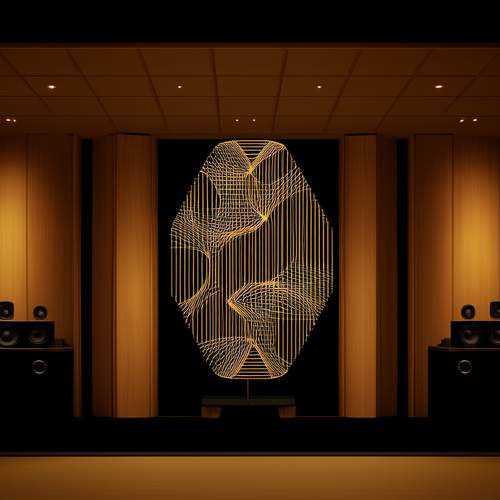
By /May 30, 2025
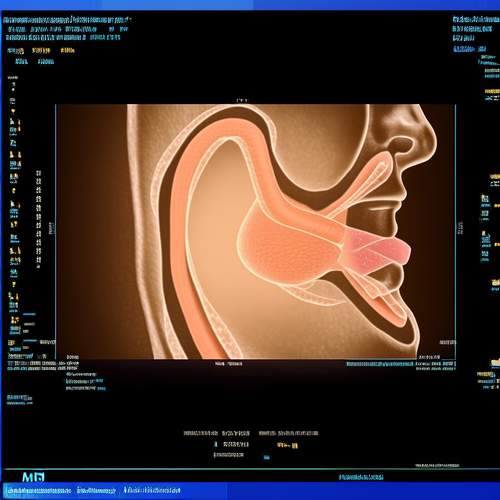
By /May 30, 2025

By /May 30, 2025

By /May 30, 2025

By /May 30, 2025

By /May 30, 2025